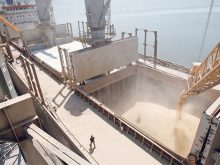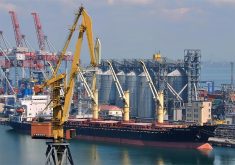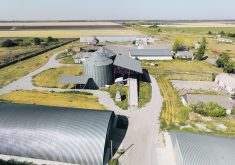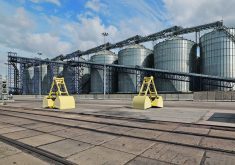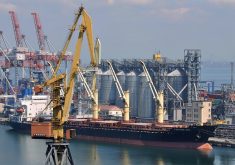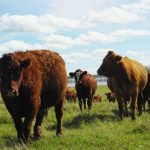As the Russian invasion of Ukraine continues, an educator is on a mission to reform and grow agriculture in the war-torn country.
Volodymyr Ladyka is the rector and a professor of agriculture sciences at Sumy National Agrarian University in the city of Sumy in northeastern Ukraine, about 200 kilometres northwest of Kharkiv.
He was in Saskatoon last week to deliver a lecture at the University of Saskatchewan’s College of Agriculture and Bioresources, as part of a tour of universities in the Prairie provinces.
Ladyka discussed the university’s activities during the war, along with the challenges and development prospects.
Read Also

British Columbia farmers to receive increased AgriStability supports
B.C. farmers to receive bump in AgriStability compensations due to weather concerns, international trade instability
With the help of an interpreter, he said the war has significantly affected the country’s economy in general and the agricultural sector in particular.
According to statistics Ladyka provided, agriculture exports in 2022 were $23.4 billion compared to $27.7 billion in 2021 or about a 15 percent drop.
The Sumy region and the university are near the Ukrainian-Russian border. Ladyka said 75 students and 19 employees have joined the Ukrainian armed forces, seven of them teachers. One of them is his son, a professor of law and a sergeant in the army.
Like many of the surrounding farms, the university campus has been hit with rocket attacks that blew out windows and doors and damaged infrastructure.
Air alarms are a daily reminder of how close the university is to the fighting. Many students and faculty seek the safety of shelters and are taking their education online.
The war has created a financial challenge for the university because many students and their families do not have money for tuition and many have also become homeless in the past year.
The Sumy region’s primary crops include winter and spring wheat, sunflowers and corn and seeding is almost finished this year, he said. He described a flat landscape where Ukrainian and Russian fields border each other.
In an effort to stop the Russians from invading, nearby border farmland was mined by the Ukrainians.
Ladyka is looking to the future and a time when returning soldiers will want to resume farming and help rebuild the sector. Many young soldiers are getting experience operating and repairing military equipment, which they can transfer to agriculture machinery.
Land reform is key to establishing private businesses, but it’s a challenge because most citizens and soldiers do not have enough money to buy land, Ladyka said. However, leasing land is sometimes an option and is cheaper for those starting out.
Ladyka said he wants to see the country move from a Soviet-style state-owned agricultural model to more family-run farms like those in Saskatchewan.
However, long term financial support in the form of credit beyond the present one-year terms is key. The ability to mortgage and buy land and equipment and have long-term payback, as opposed to the country’s current high interest rates for a one-year loan, is needed.
Ladyka said sales of ag commodities have fallen and prices on the domestic market have not increased compared to 2021.
The costs of storing fuel, lubricants, fertilizers and plant protection products have also doubled in price.
“Today in Ukraine, agrarian businesses (are doing) well. If you have, for example, 100 hectares, it’s good; it’s enough (farm) income. But the current challenge is price, storage, selling,” he said.
While Ukraine is a world leader in the production and export of many agricultural crops, it has the ability to produce much more food (up to a third) if it had better management through family farms rather than state owned farms, he added.






